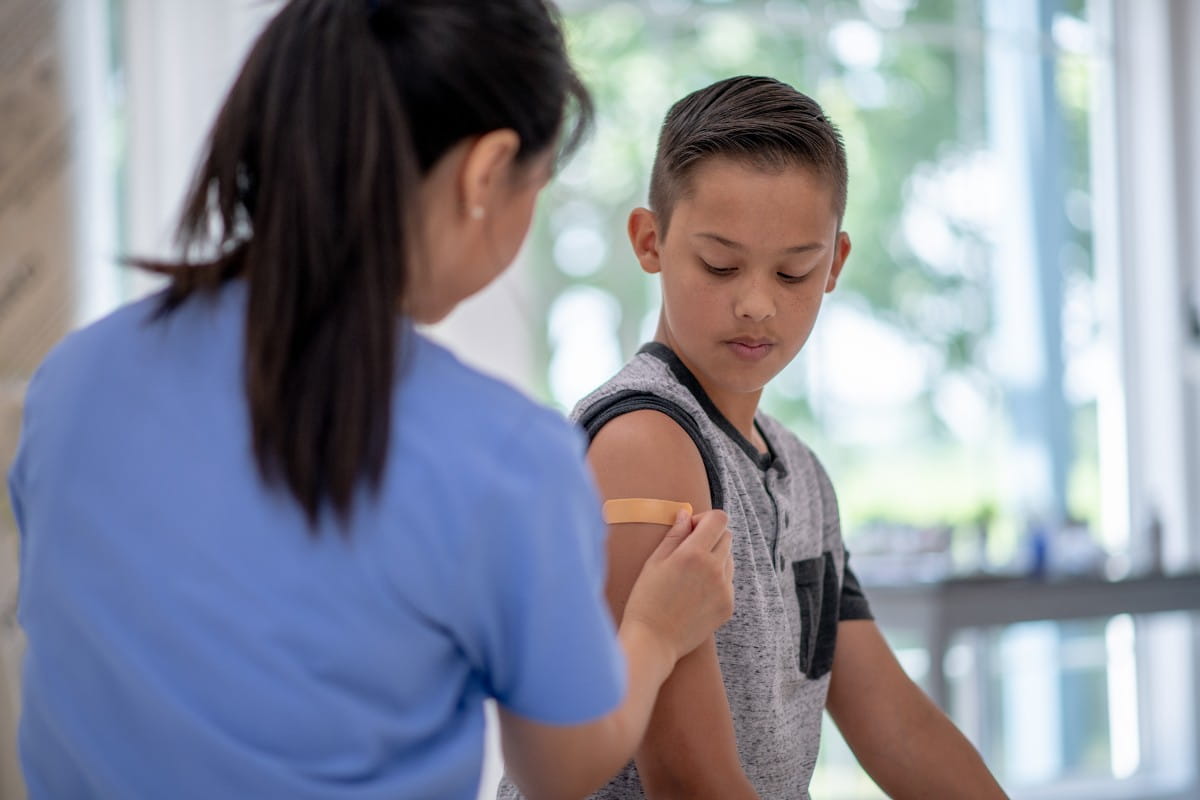We can all be a little disorganized sometimes. Maybe you’ve missed a deadline, or perhaps you can’t seem to focus on one thing for longer than a few minutes. Or maybe it’s your child who acts without thinking or is constantly on the go.
How do you know if it’s just daily stress or normal childhood development – or something more like ADHD?
“We can all be inattentive or disorganized from time to time,” explains Meredith R. Good, D.O., a hospitalist at Riverside Walter Reed Hospital. “However, if you notice a pattern of behavior in yourself or your child – and those behaviors are impacting life at work, school or home – then you may want to talk to your doctor.”
What is ADHD?
ADHD is very common. The Centers for Disease Control and Prevention (CDC) cites research estimating that nearly 6.1 million children in the U.S. have ADHD. However, the number of adults with ADHD in the U.S. is a little more unclear. Studies have estimated the percentage of adults affected by ADHD ranges from as little as 0.96% to 4.4%.
ADHD is most often diagnosed in school-age children after it causes problems at school, home or with friends.
Types of ADHD
There are three main types of ADHD – inattentive, hyperactive/impulsive or combined. Symptoms vary based on the type of ADHD someone has.
Inattentive ADHD
People with inattentive ADHD have trouble paying attention or finishing tasks. Other symptoms include:
- Not paying attention to details
- Making careless mistakes
- Not appearing to listen when spoken to
- Losing focus on tasks
- Being disorganized
- Having difficulty managing time
Hyperactive/Impulsive ADHD
Hyperactive or impulsive ADHD can lead to trouble staying still or thinking through distractions. Signs of hyperactive/impulsive ADHD also include:
- Fidgeting constantly
- Running and climbing when inappropriate
- Talks too much
- Having difficulty waiting for turns
- Interrupting others when talking
- Blurting out answers
Combined ADHD
People can have both inattentive and hyperactive/impulsive symptoms, which doctors call combined ADHD.
Diagnosing ADHD
Because the symptoms of ADHD are similar to those of other disorders, only a healthcare provider can officially diagnose ADHD.
“If you’re concerned you or your child has ADHD, the best first step is to talk to your primary care doctor,” states Dr. Good. “They can recommend the next steps for you, which may include an evaluation or talking with a healthcare provider who specializes in ADHD, such as a psychologist.”
No single test can diagnose ADHD in children or adults. Instead, healthcare professionals use information gathered from several sources, including:
- Parents
- Family members
- Teachers
- Other healthcare providers (pediatricians, primary care doctors, behavioral health therapists)
Then, your healthcare professional can use the American Psychiatric Association’s (APA) guide to mental disorders, the Diagnostic and Statistical Manual (DSM-5), to confirm an ADHD diagnosis.
Managing ADHD
There is no cure for ADHD. However, once you or your child has a confirmed diagnosis, you can begin to manage the symptoms so they are less disruptive to everyday life. “There are many great ways we can help manage symptoms of ADHD,” shares Dr. Good. “Those include just about everything from therapy to medication.”
Medication
Two types of medication have been proven safe and effective at managing ADHD symptoms. Stimulant medications (such as Adderall and Ritalin) can help adjust chemical levels in the brain to address inattentive symptoms and improve concentration.
Non-stimulant medications (such as guanfacine and atomoxetine) can also help control ADHD symptoms. These medicines affect the part of the brain that controls impulsivity and attention span.
Therapy
Some people find therapy very effective at controlling symptoms of ADHD. They work with a behavioral health specialist (often someone with experience treating ADHD) to develop strategies to help cope with their symptoms. These strategies can include mediation for impulsivity, organizational ideas for work or school, or exercise plans to address hyperactivity. Therapy can also offer:
- Classroom management or interventions to help children succeed in school
- Stress management techniques for parents of ADHD children and adults with ADHD
- Support groups that allow parents of children with ADHD to connect with and learn from others in similar situations
- Family therapy if a child or parent’s ADHD diagnosis impacts the entire family
- Parenting skills classes or training to help parents encourage and support children with ADHD
Lifestyle changes
Sometimes, small changes in your life can help you (or your child) better manage symptoms of ADHD. Your doctor can help you identify opportunities that may help alleviate symptoms, such as:
- Eating healthy meals
- Regular physical activity
- Structured activities or sports
- Healthy bedtime routine
“There is no reason you or your child need to struggle alone with symptoms of ADHD,” reassures Dr. Good. “Together with your provider, you can find the approach and treatment that works best for you and your family.”
If you have questions or concerns about ADHD, call your Riverside primary care provider.



